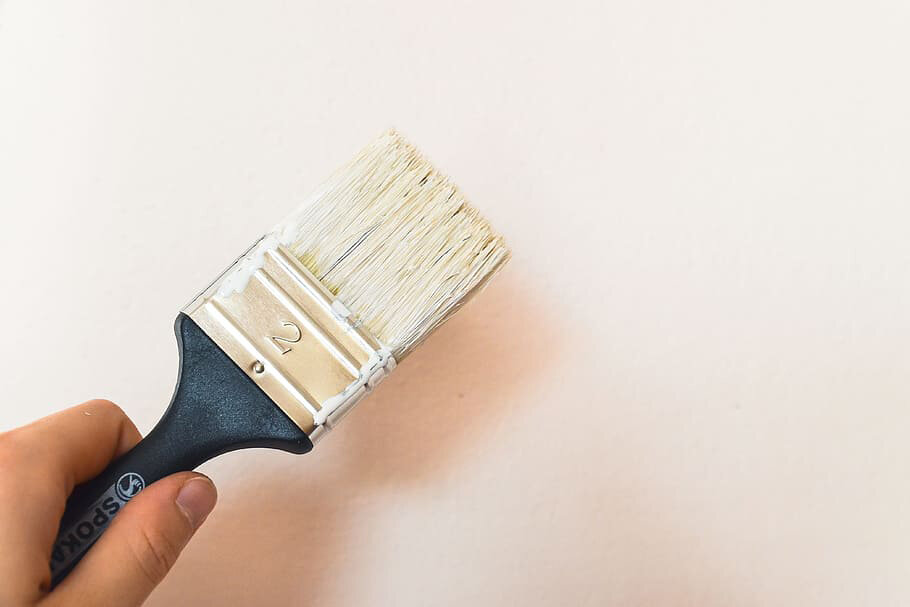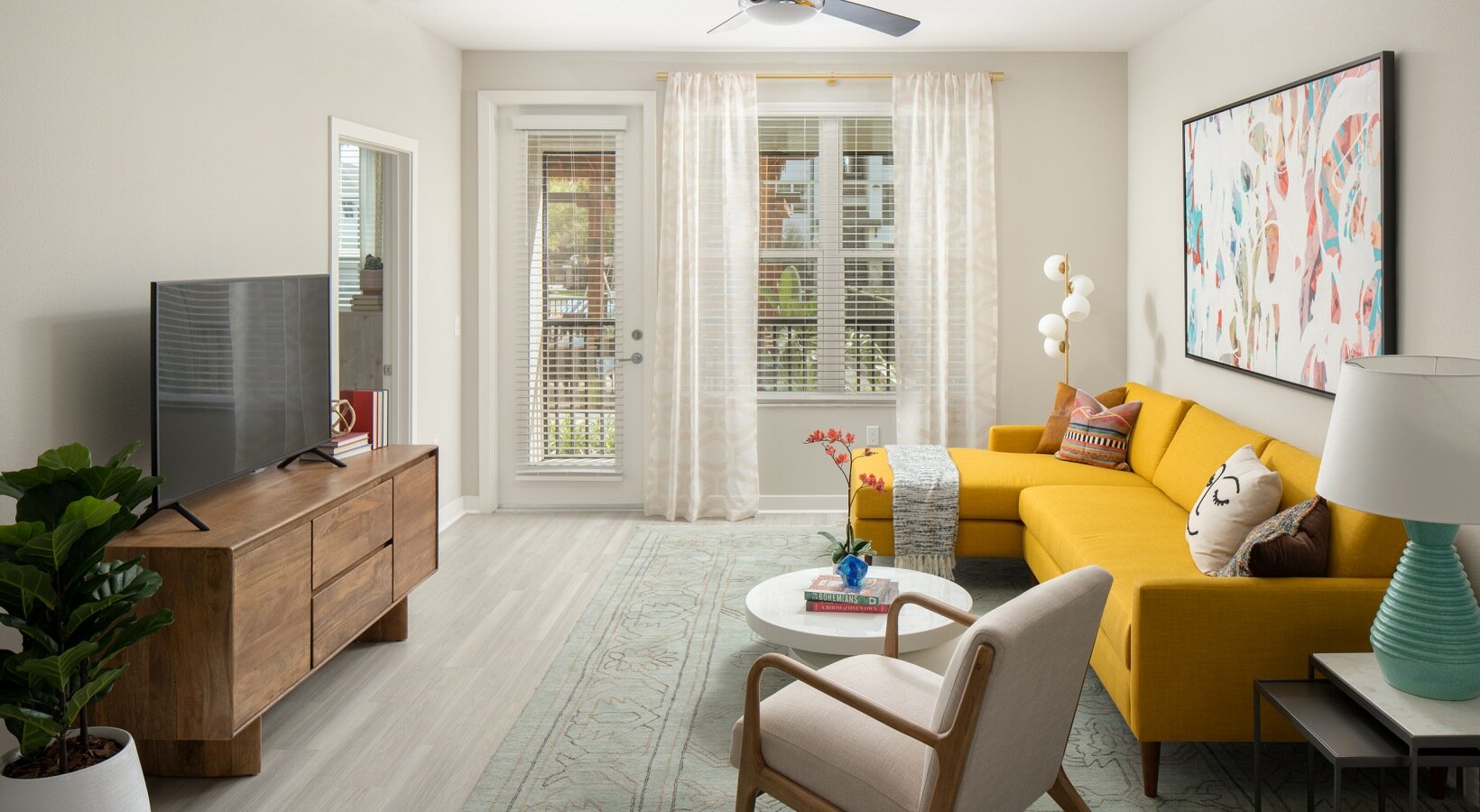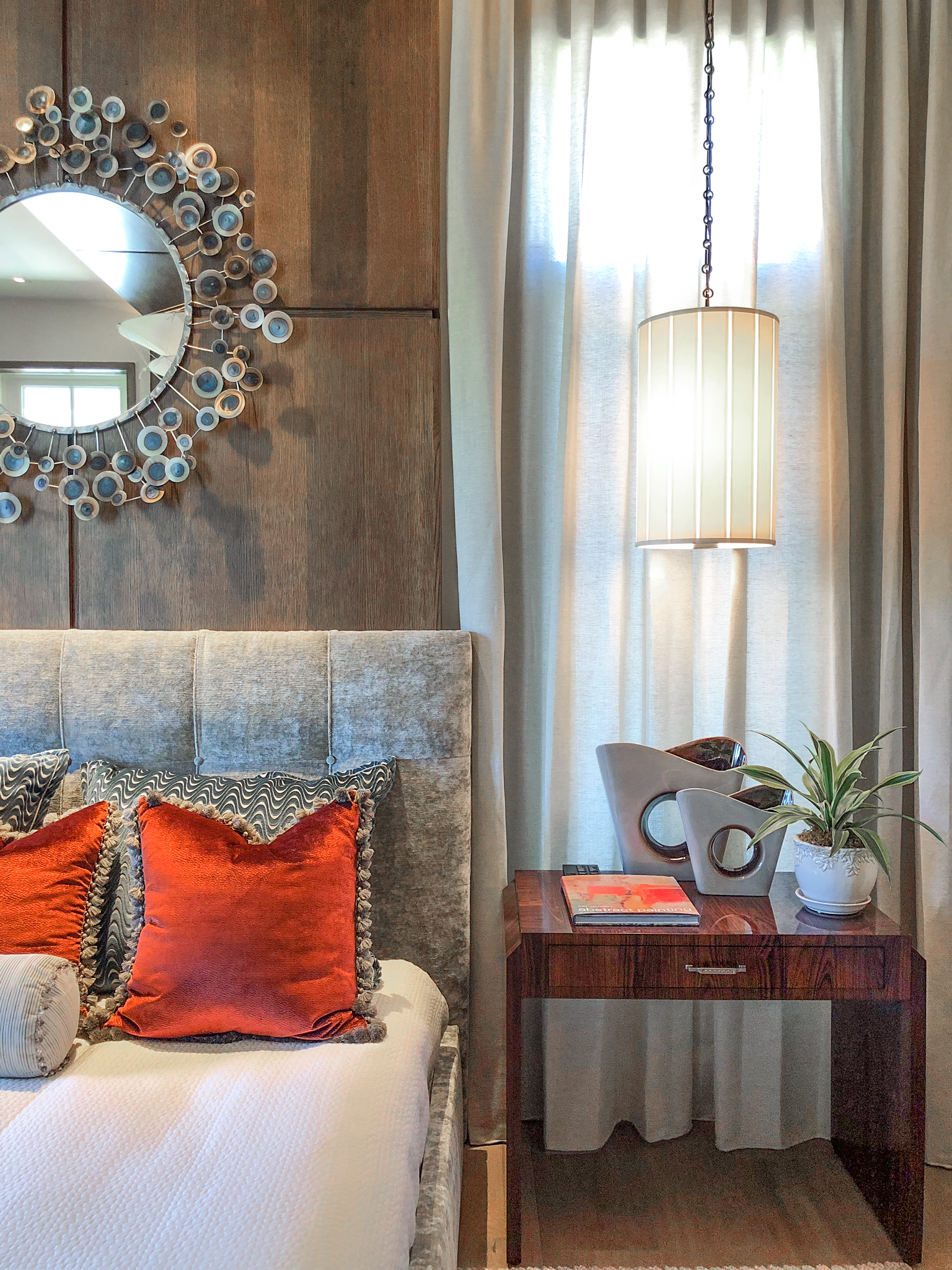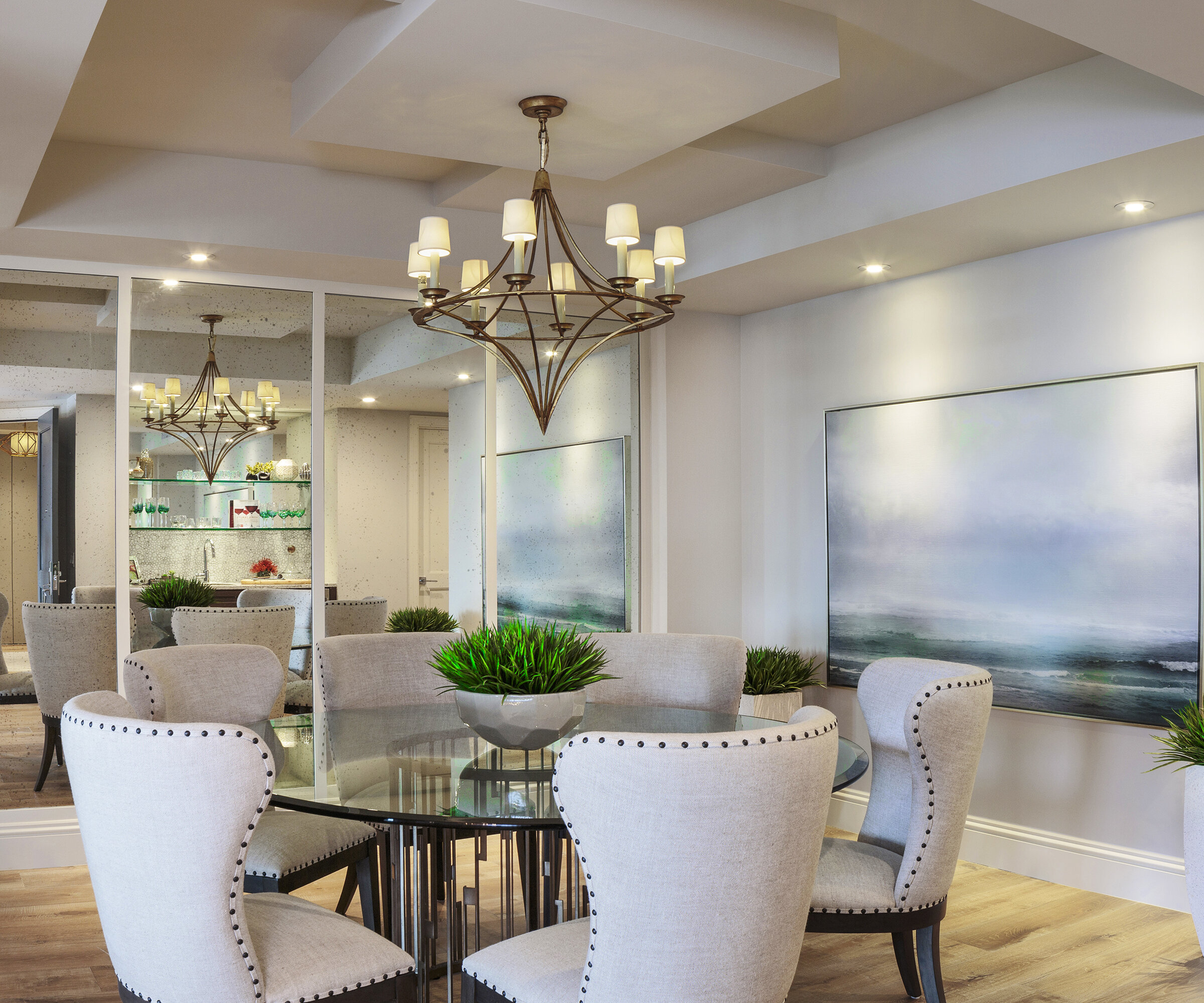Psychological Effects of Color in Interior Design
There is more to color than meets the eyes.
In interior design, it’s impossible to ignore the implications that color has. Since interior design greatly affects the quality of life, every choice regarding color must be made in a rational and conscious way.
Choosing the right colors will make the interior spaces more valuable. Picking the appropriate tones and hues allows interior designers to support peoples’ everyday life and emotional health.
Selecting inappropriate colors may have significant consequences such as anxious feelings, lower property worth, and negative emotions. Additionally, the chosen colors need to complement each other as opposed to getting into a violent collision.
RentSmartUSA in Winter Park goes over the main principles of color psychology in interior design. Follow through with these suggestions to create harmony and positive emotions in your interior living spaces.
#1: Green
Green is a natural and fresh color. You can use it to liven up both living and office spaces. But be wary of using too much green. When things get out of balance, the positive effects of green are diminished.
Most of the connotations of this color are positive. Green stands for growth, new beginnings, and lush nature. But there are negatives as well. For instance, some cultures link green to possessiveness and envy.
#2 Yellow
Do you want your rooms to look and feel happy? The key to brighter days is using more yellow on your walls. But you should steer clear of overusing this color. Too much yellow and you’ll create too much intensity instead of happiness.
While brighter shades of yellow are associated with positive emotions, dark yellow shouldn’t be used in living spaces. The darker shades of yellow are culturally linked to jealousy and disease.
Still, you can use a little bit of darker yellow. For instance, you can use it for bordering, striping, or creating minimalistic patterns. Anything more than that is discouraged in interior design.
#3: Red
Similar to yellow, red should be used carefully due to its energetic nature. When you have too much of your interior space covered in red, you’ll risk creating anxiety and overstimulation of the senses.
Red is often used in kitchens and dining halls. That is because red boosts appetite according to the principles of color psychology. Additionally, red works well in places with a more intimate atmosphere such as bedrooms and tiny cafes.
Regardless of where and how you will use red, make sure that the area covered in this stimulating color doesn’t exceed one-fifth of the overall coverage. Only this ensures a balance in your interior design scheme.
#4: White
White is a very practical color in interior design. You can add a sense of more space and air in any given room when using it in the right amount. This color is popular among rental owners. White is neutral enough to maximize the appeal for the largest variety of prospective tenants.
White is connected to the cultural symbols of innocence, young age, and purity. You should always find ways to balance white with different colors. Interior spaces that are nothing but white tend to have a negative effect. People find them boring or without any soul and character.
#5: Orange
Orange is a color full of joy and energy. It’s less intense than red, yet still manages to stimulate happiness and increase energy levels. Once again, you should optimize the use of this color.
This is a color that sustains group work, collaborative mindset, and pro-social behavior. For exactly that reason, orange is widely used in classrooms, common kitchen areas, kindergartens, and conference rooms.
#6: Black
Black is a color that absorbs all available light in the color spectrum. Since black stands for no light, it’s often used to symbolize death or evil powers. At the same time, it can stand for sophistication and formal style as well.
In interior design, you can use black to highlight objects. Black does not work as a solid color for filling entire walls or ceilings. Living in such a black space would be unthinkable for most people.
Since black is used to indicate sophistication and rank, it is common in upscale office color schemes and governmental building interiors. In some contexts, black can symbolize luxury and riches too.
In a nutshell: Role of Colors in Interior Design
Color is one of the most important components that you can utilize in interior design. When using different colors, you need to keep in mind their respective psychological and cultural implications.
There are going to be differences between particular people. No color will carry exactly the same effects on a group of people with varying backgrounds and preferences.











Leave a Reply
You must be logged in to post a comment.